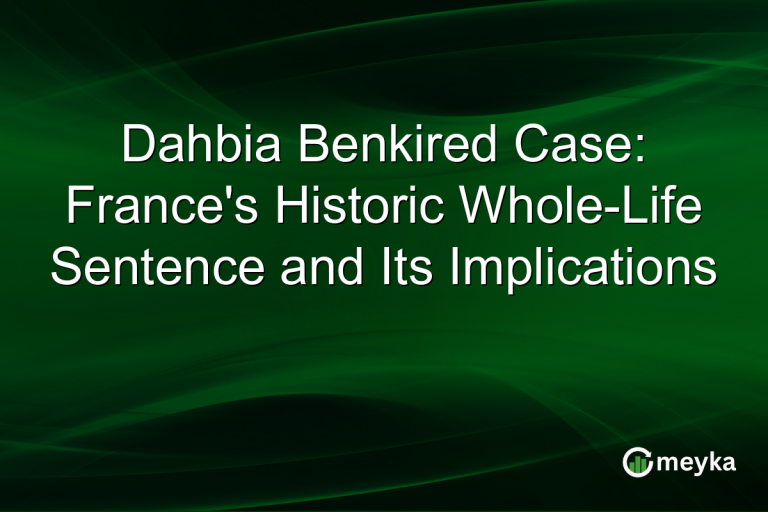Florentine Diamond Mystery Unveiled: Economic Impact of Historical Art
The mysterious Florentine Diamond, a dazzling gem long thought lost, has captured the world’s imagination again. After vanishing in 1919, this illustrious jewel, linked to the Hapsburg Dynasty, has reemerged in a Canadian bank vault. This remarkable find sheds light on historical art’s economic impact, drawing attention to the values attached to such significant pieces and their roles in financial markets.
Historical Significance of the Florentine Diamond
The Florentine Diamond is known for its rich history, tracing back to the Hapsburg Dynasty. This prized jewel, weighing 137.27 carats, not only represents opulence but also political power and intrigue. The diamond vanished following the collapse of the Austro-Hungarian Empire, adding to its mystery and allure. This latest discovery in Canada piques curiosity about its journey from Europe to North America. Understanding the diamond’s past helps appreciate its current cultural and economic implications.
Read more on diamonds’ mysteries.
Economic Implications of the Discovery
Discovering the Florentine Diamond in a Canadian bank highlights the economic value of historical art. Such pieces carry significant monetary and symbolic worth, influencing markets not just through direct sales or auctions but also via auxiliary industries like insurance and security. The jewel’s appraisal and potential auctioning could bring millions, impacting local and global financial landscapes. This emphasizes how historical artifacts are more than art; they are pivotal economic assets.
Linking economic value to historical art has always been challenging, showing the diamond’s potential to change perceptions of art in finance.
Legal Considerations and Ownership
The resurfacing of the Florentine Diamond raises legal questions about rightful ownership. Tied to historical shifts and dynasty declines, its provenance is complex. Legal frameworks must navigate claims from descendants and parties with historical connections. This situation underlines the importance of precise legal processes concerning ownership, especially for art with disputed histories.
Such legal debates often reshape the governing laws on historical art ownership, potentially setting precedence for future discoveries. Learn more about these legal intricacies.
Impact on Historical Art Markets
The reappearance of the Florentine Diamond invigorates the historical art market. It renews interest in similar artifacts, enhancing their perceived value. Potential auctions can escalate pricing for comparable pieces, influencing collector behavior and investment strategies. This phenomenon illustrates how singular discoveries can affect market trends and dictate prices in this niche industry.
Art dealers now indulge in appraising comparable items, acknowledging their worth not only as art but as premium financial investments.
Final Thoughts
The revelation of the Florentine Diamond in a Canadian bank vault serves as a profound reminder of the intertwining histories of art, economy, and law. As this celebrated Hapsburg Dynasty Jewel surfaces, it challenges us to reconsider the value we place on historical artifacts, both financially and culturally. With potential auctions drawing international attention, and legal battles likely unfolding, this mystery’s resolution could redefine art ownership laws and market dynamics. For investors, historians, and legal experts, the diamond’s journey offers a wealth of lessons, firmly engraving its place in our collective memory.
FAQs
The Florentine Diamond is a legendary 137.27-carat gemstone tied to the Hapsburg Dynasty. It vanished post-World War I and has recently resurfaced, captivating global attention through its historical and economic significance.
Historical art pieces like the Florentine Diamond affect economics by influencing market prices, driving investment in art, and affecting industries such as security and insurance. They hold both monetary and symbolic significance, often leading to dynamic market shifts upon discovery.
The resurfacing of the Florentine Diamond raises ownership disputes, given its complex provenance linked to the Hapsburg Dynasty. Legal challenges involve rightful claims possibly from descendants and affected parties, highlighting the intricate nature of art ownership laws.
Disclaimer:
The content shared by Meyka AI PTY LTD is solely for research and informational purposes. Meyka is not a financial advisory service, and the information provided should not be considered investment or trading advice.






